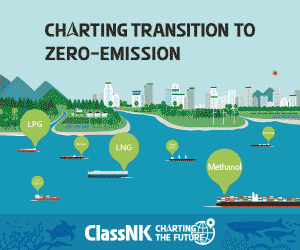EIA released a new U.S. Crude Oil Import Tracking Tool that allows policymakers, analysts, and the public to more easily track trends in crude oil imports. Users can sort and display crude oil imports by month or year, by crude type (i.e., light, medium, heavy), country source, port of entry, processing company, processing refinery, and more. The tool features graphing and mapping capabilities and a built-in help function. Recent and forecast increases in domestic crude production have sparked discussion about how rising crude oil volumes will be absorbed. To date, a primary mechanism for absorbing increased production has been the displacement of imported crude oil, which has fallen from 8.9 million barrels per day (bbl/d) in 2011 to 7.5 million bbl/d in August 2014. This tool sheds light on the adjustments to imports being made in response to growing production of crude oil within the United States. It is one part of EIA's ongoing effort to assess the effects of a possible relaxation of current limitations on U.S. crude oil exports, which is another avenue to accommodate domestic production growth. EIA is undertaking further work on this larger question, and expects to issue more analysis reports over the coming months. ...
Read moreDetails


























































